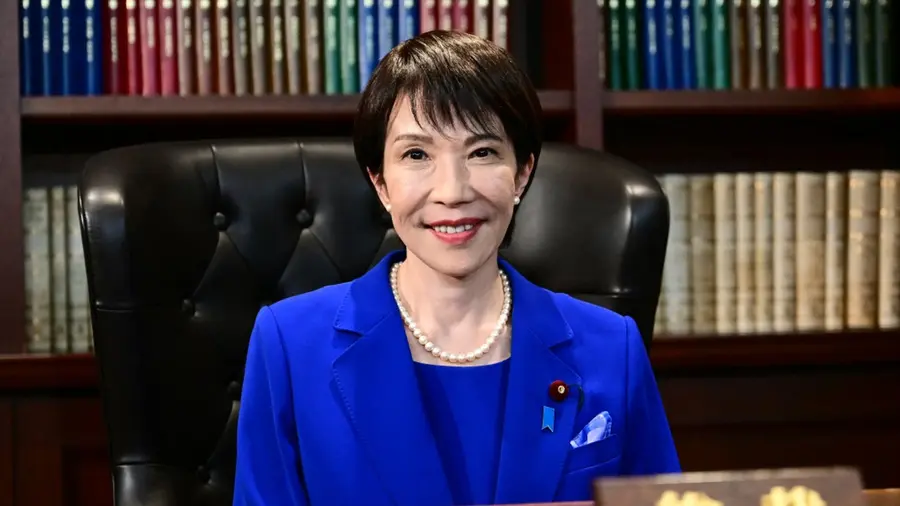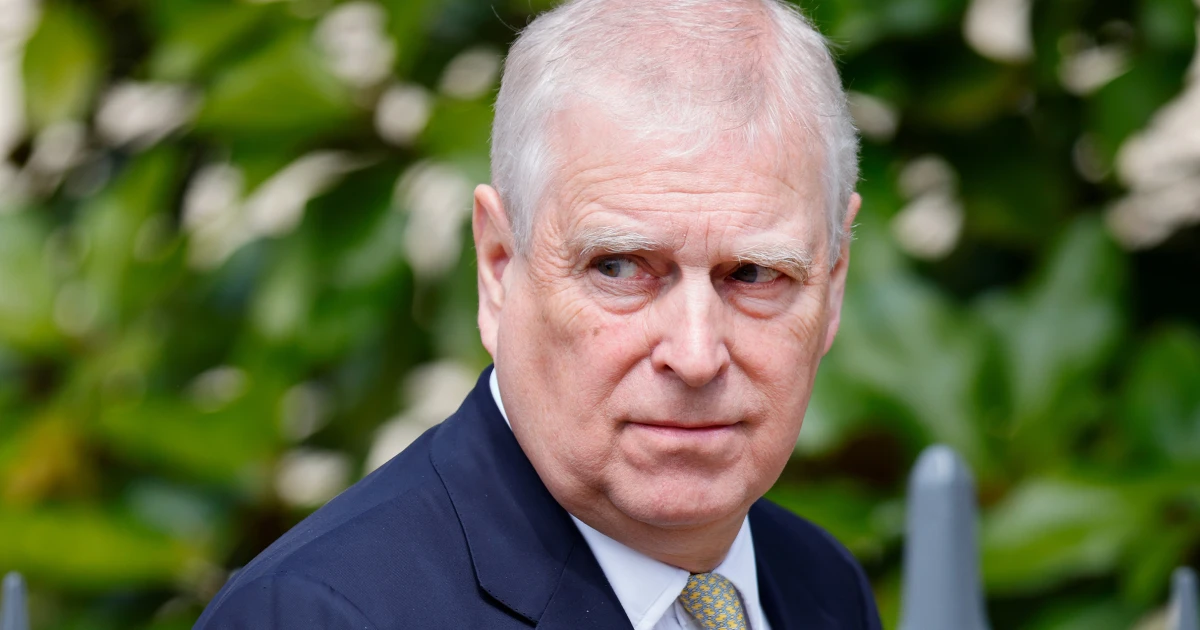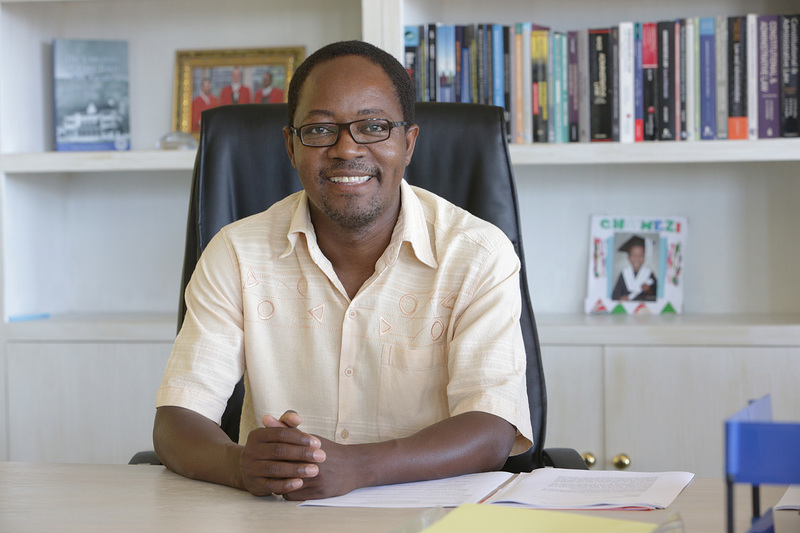Copyright breezyscroll

Sanae Takaichi has made history as Japan’s first woman to hold the nation’s top political office. But while her election marks a symbolic step forward for women in politics, her deeply conservative views on gender, immigration, and Japan’s wartime history suggest that her leadership may not translate into progressive reform. Backed by a newly right-leaning coalition, Takaichi’s rise signals both change and continuity in Japanese politics. Who Is Sanae Takaichi, Japan’s New Prime Minister? Sanae Takaichi, 64, is rewriting Japan’s political history. On October 21, 2025, she was elected as the country’s first female prime minister — a milestone moment for a nation that has long struggled with gender representation in politics. But Takaichi’s story is more complex than a single glass ceiling shattered. She is a staunch conservative, a defender of traditional gender roles, and an admirer of Margaret Thatcher. She also happens to be a motorcycle enthusiast and former college drummer who once performed a rock anthem on national television — a mix of grit, ideology, and personality that sets her apart from Japan’s typically buttoned-up political class. Her rise follows weeks of political turbulence. After the ruling Liberal Democratic Party (LDP) lost its longtime coalition partner, it struck a deal with a right-wing populist group to secure Takaichi’s leadership. The result: a historic yet polarizing figure now sits at Japan’s helm. A Self-Made Politician from Modest Beginnings Unlike many of Japan’s political elites, Takaichi isn’t from a dynastic family. Born in Nara Prefecture to a police officer mother and an automotive worker father, she carved her own path into politics. Her academic journey wasn’t easy. Though accepted into elite universities, her parents insisted she attend a local college to save money. She eventually earned her degree from Kobe University, a prestigious national institution, while juggling part-time jobs and enduring long commutes. In 1987, Takaichi took a bold step: she moved to the U.S. as a congressional fellow in the office of Democratic Representative Pat Schroeder. The irony of a conservative Japanese woman working for a liberal American lawmaker isn’t lost on observers. That stint gave her rare international exposure and a reputation she later leveraged to transition from television presenter to politician. Three Decades in Politics and a Close Ties to Shinzo Abe’s Legacy Takaichi first entered Japan’s parliament in 1993 as an independent. By 1996, she had joined the LDP, steadily climbing the ranks. Her portfolio includes stints as Minister of Economic Security and Minister of Internal Affairs and Communications, a position she held longer than anyone else under the late Prime Minister Shinzo Abe, Japan’s longest-serving leader. Abe valued Takaichi’s discipline and loyalty, often praising her administrative skill. She reciprocated with ideological alignment, particularly on issues like national security, China, and constitutional revision. Many see her as the torchbearer of “Abenomics” and his broader conservative agenda. Jeffrey Hall, a lecturer at Kanda University of International Studies, describes her as “one of the most conservative people in Japan’s conservative LDP.” Why Her Views Stir Controversy Takaichi’s political record reflects sharp contrasts. Economically, she supports modern monetary theory, advocating deficit spending on priorities like defense — a rare stance in Japan’s fiscally cautious establishment. Socially, however, she’s firmly traditional. She opposes same-sex marriage, supports male-only succession to the Imperial throne, and rejects allowing women to retain their maiden names after marriage, despite using hers publicly. Her approach to history is equally contentious. She has downplayed Japan’s wartime aggression and criticized the post-war Allied trials of Japanese leaders. Her past visits to the Yasukuni Shrine, which honors Japan’s war dead (including convicted war criminals), have drawn diplomatic criticism from China and South Korea. On immigration, Takaichi has voiced skepticism bordering on hostility. She has pushed for tighter controls, citing unverified anecdotes of misbehaving tourists, and has proposed laws restricting property ownership by non-Japanese citizens. Critics call her rhetoric xenophobic, especially in a country facing an acute labor shortage that increasingly depends on migrant workers. What Her Election Means for Women in Japan Japan ranks among the lowest in gender equality among developed nations, 118th out of 148 countries, according to the 2025 World Economic Forum Global Gender Gap Report. Women hold just 10% of parliamentary seats, making Takaichi’s ascent symbolically significant. Yet she doesn’t identify as a feminist. She opposes gender quotas and insists women’s primary role is raising children, positions at odds with her own groundbreaking career. During her campaign, she pledged to bring the number of female cabinet ministers to “Nordic levels.” But within hours of taking office, she appointed only two women. Observers say Takaichi may feel pressure to double down on conservative ideals to secure legitimacy within the LDP’s male-dominated hierarchy. Her leadership might inspire young women to enter politics, but it’s unlikely to advance feminist policy reform. Her Relationship with Donald Trump and U.S. Policy Former U.S. President Donald Trump congratulated Takaichi shortly after her election, calling her “a highly respected person of great wisdom and strength.” She replied publicly, in English and Japanese, expressing hope to strengthen the U.S.-Japan alliance and support a “Free and Open Indo-Pacific.” Her admiration for Trump mirrors that of her mentor Abe, who cultivated close personal ties with the former U.S. leader. Analysts expect her to follow Abe’s diplomatic strategy: charm first, confrontation never. Trump’s upcoming visit to Japan later this month will test her foreign policy skills and her ability to balance deference with diplomacy. What’s Next for Japan Under Takaichi Takaichi inherits a nation facing demographic decline, labor shortages, and rising regional security threats. Her economic pragmatism could help stabilize defense spending, but her hardline social and immigration views risk alienating both allies and younger voters. As Hall notes, “This is not going to be a period when women’s equality or gender issues are aggressively advanced. But having a woman as prime minister still matters; it shows Japan that such leadership is possible.” For now, Sanae Takaichi stands as both a milestone and a mirror, a leader who breaks one barrier while reinforcing many others.



